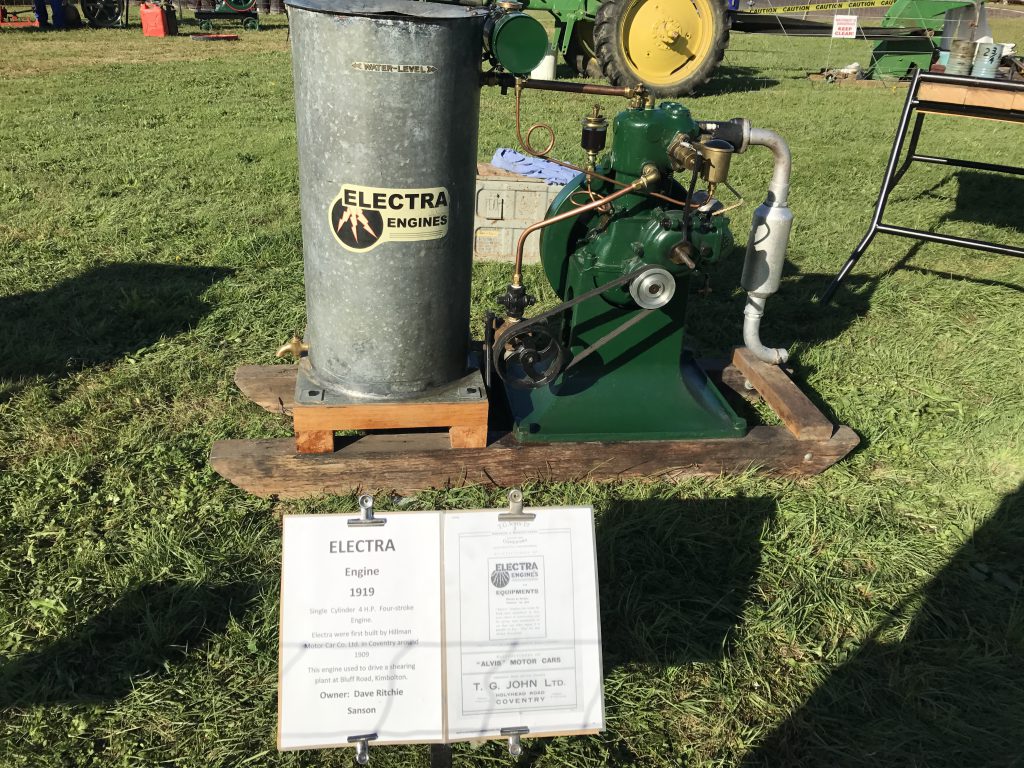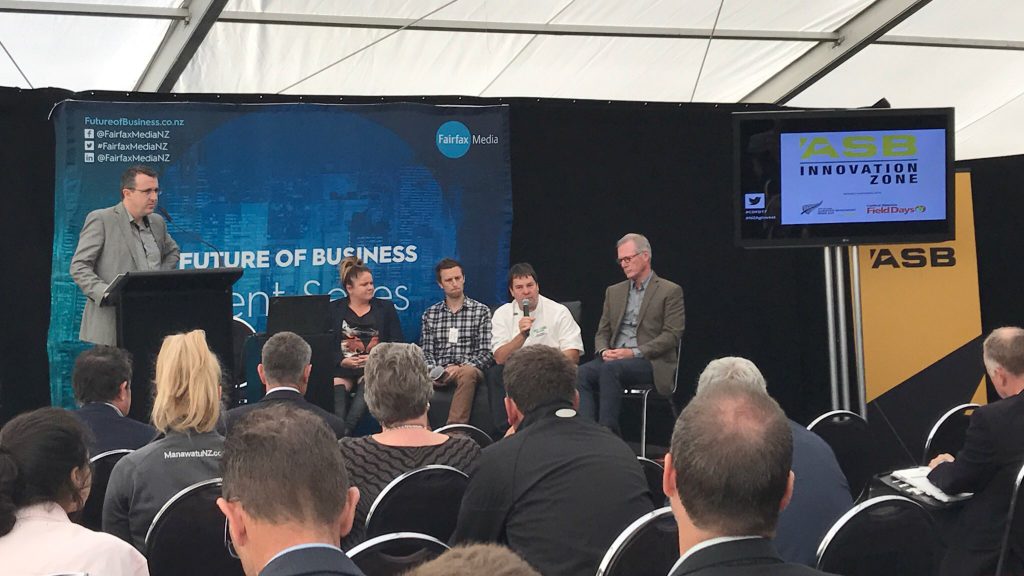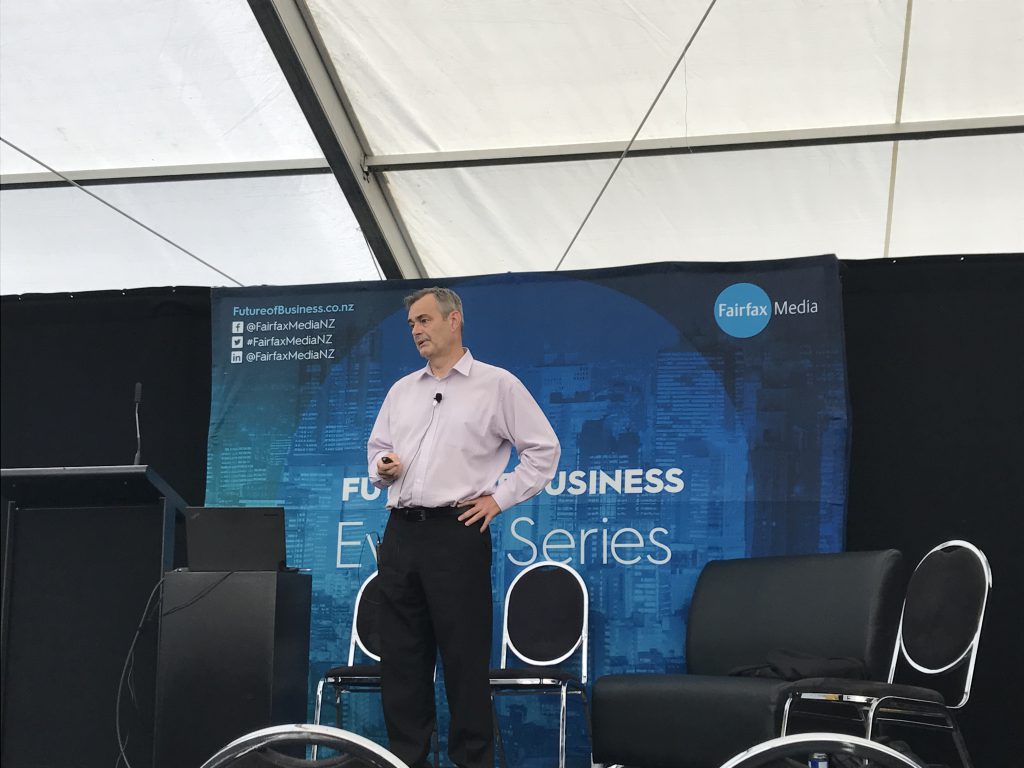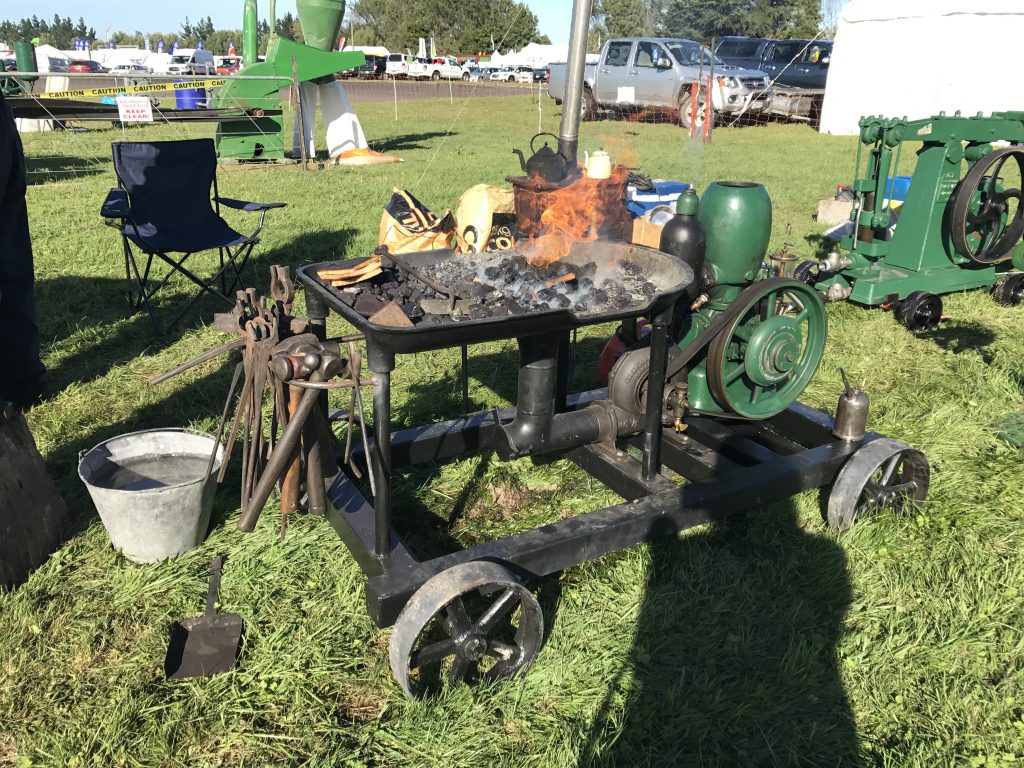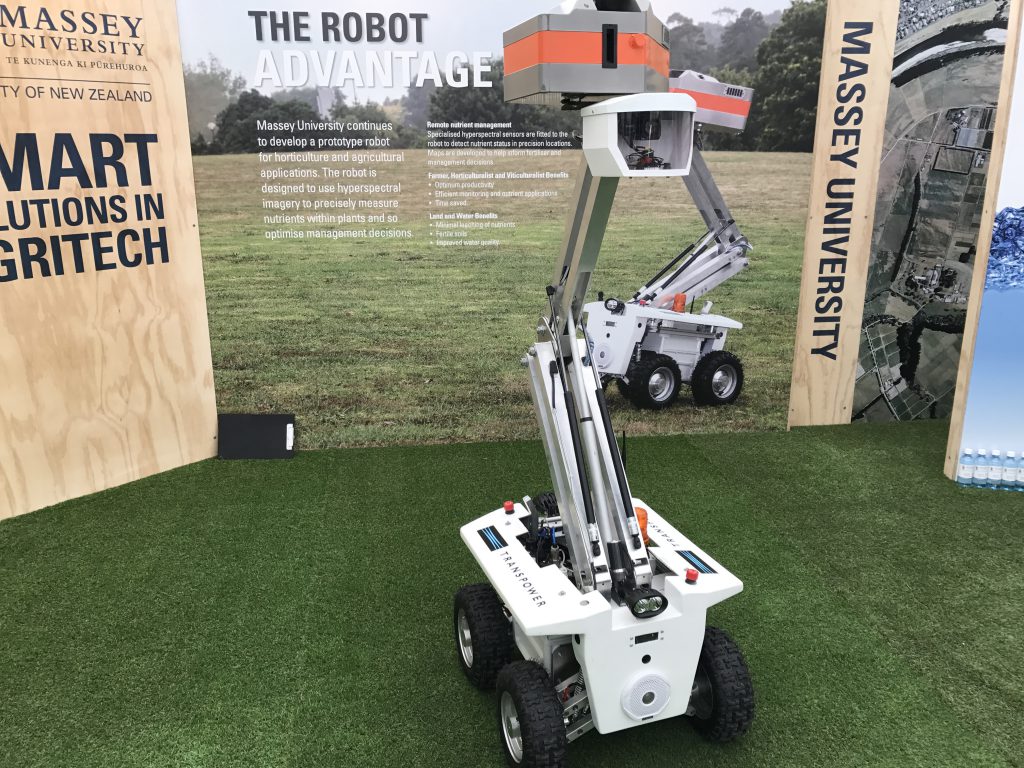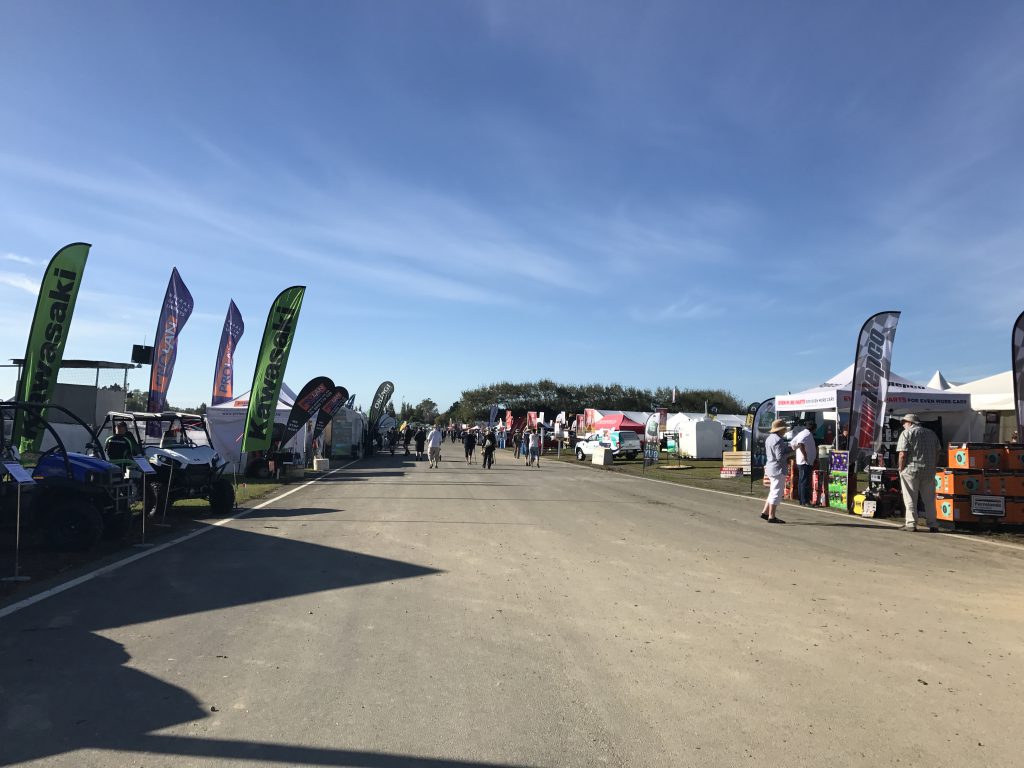Our Marketing Manager, Rachael, attended the Central Districts Field Days in Feilding, New Zealand where she is working remotely. In this blog she shares her greatest learnings and finds at the show.
The Central Business Field Days is the largest regional agriculture field day event in the country with 570+ displays and attracting over 30,000 visitors over three days. I set out with a map starred with all the stands I wanted to visit and the seminar time table. A full day at the event saw me cover about 75% of the grounds and catch four seminars.
The Field Days featured an inspiring new area, the ASB Innovation Zone, showcasing the latest agricultural innovations and development concepts, with a seminar series to inspire and engage event-goers with new ways of thinking in the industry. The zone gave exposure to emerging technology and developments that are beginning to transform farming functions.
My first stop was a seminar panel, what is “agrifood”, why does it matter and what does it mean for New Zealand farmers?’
With deep discussion around what drives global consumers to buy New Zealand food, and ideas for how the industry can work together to gather customer insights and meaningfully share the information, the panel was insightful. There is a clear need to have a NZ brand story, as well as more knowledge around how to market the premium brands NZ produces to the world. Everyone was left wondering the question, ‘who the guardian of the food story in NZ?’
What is #AgriFood why does it matter and what does it mean for NZ #cdfd17 #nzaginvest @KPMG @ABELCIDER @MasseyUni pic.twitter.com/EzkhxrGVXB
— NZ Ag Invest (@NZAgInvest) March 15, 2017
Outside the seminar, the Massey University stand was the first to pique my interest with a prototype robot for horticulture and agriculture applications. The robot carries a hyper spectral sensor, a technology that uses hyper spectral imaging to detect the unique signature of objects or land areas. The images are based on a near-infra-red reflection scanned by a sensor.
Current sensing technology is typically carried on planes or drones and uses expensive and complex equipment. A robot is a cheaper option that would also be more reliable as it is less weather dependent than drones. The hope is the robot will be fully automated, reducing time spent by farmers assessing pasture quality.
While the robot is currently being trialled in pastural sensing, it is also being tested on kiwifruit growers and wineries too. In Alabama, a large-scale poultry farmer uses the sensor to detect and remove chickens with diseased skin.
Talking potential uses in food for hyperspectral sensors w @MasseyUni. Alabama poultry producer uses to scan&remove diseased chicken #CDFD17 pic.twitter.com/1aawO1jlcR
— Rachael Hedges (@Rachael_09) March 15, 2017
Jude Sise of Abacus Bio presented the next session, Agritech in Action: What can Science & Technology Deliver? Jude spoke to applications that can be created that are boost cost efficient and easy to better manage farms. Drones were a focus, with sensor technology and infrared technology that can be used to count stock in paddocks, show heat profiles of stock to detect illness and pregnancy and find deceased animals. With reduced time on an ATV in turn reducing OH&S, there’s big benefits to finding technology that’s right for you.
#Agritech: drone applications to manage stock count, health, reproduction.
NZ is used as a test ground for US #CDFD17 #NZaginvest pic.twitter.com/3dMJMgtGtB— Rachael Hedges (@Rachael_09) March 15, 2017
The afternoon panel, what does and could a smart farm look like, centred towards data, data ownership, data protection and what collaboration needs to happen in the future for agriculture in NZ to surge ahead.
The biggest challenge for NZ farmers? Having a broadband connection on their farm.
A farmer in the crowd mused that in the future, instead of employing labourers he would have to employ someone to sit in his control panel and read and interpret all the data his farm was producing!
Jeremy Hill, Fonterra Chief Science and Technology Officer and past president of the International Dairy Federation presented on global challenges & opportunities for food & dairy. Jeremy shared some extraordinary facts surrounding milk and challenges and opportunities in dairy and agrifood. Misconceptions around the environmental impact and CO2 output dairy production has in NZ sparked curiosity with the crowd with many seeking to further understand the challenges and the way this can be negatively presented by media and influencers.
With a growing population, milk demand is due to rise from 800B litres today to 1.7T litres in 2050 😳🐄 #CDFD17 #NZAgInvest pic.twitter.com/q3Aiugsg0x
— Rachael Hedges (@Rachael_09) March 16, 2017
Other Central Business Field Days areas of interest
– Levno’s sensor-linked bluetooth technology enabling farmers to remotely monitor milk, water and fuel, something that has never been done before (ASB Innovation zone)
– The venison burgers at the stall decorated with antlers from sika, red and wapiti deer.
– LELY showcased their A4 astronaut, a robotic milking solution. The robot provides a unique I-flow concept, which means that the cows can easily enter and exit the robot on their own when it is time for milking, and can be milked more rapidly.
– The Manawatu Vintage Machinery, showcasing some wonderful vintage engines and generators.
– The doughnuts outside the ASB Innovation Zone. I can recommend the salted caramel!
Wiley are interested in gaining deep understanding in our clients and adapt into upcoming changes. We constantly grow our knowledge to maintain our position at the forefront of the food industry by attending industry events like AUSPACK. We love sharing that knowledge with our network to help us all reach peak performance and help ensure our global food security into the future.
Want to learn more about future events? Follow us on Twitter, LinkedIn or Facebook.


